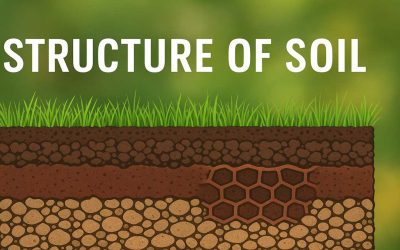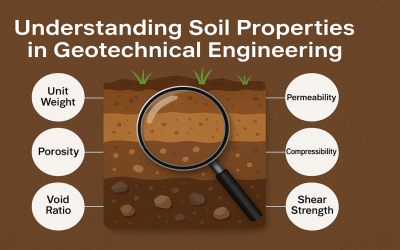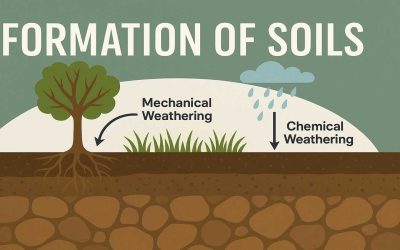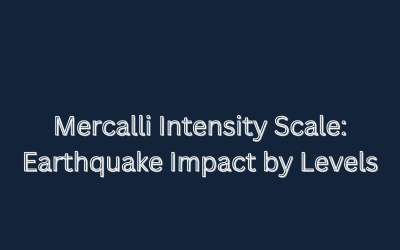Latest Post & Case Study
Recent Post
Structure of Soils
The structure of soils is the arrangement of the constituent particles in the soil matrix that contains voids,...
Different Types of Faults
Faults are fractures in the Earth’s crust where blocks of rock have moved past each other due to tectonic forces....
Understanding Soil Properties in Geotechnical Engineering
Soil properties are fundamental characteristics that define how soil behaves under various conditions. In geotechnical...
Crystallography and Minerals
No Results Found
The page you requested could not be found. Try refining your search, or use the navigation above to locate the post.
Economic & Historical Geology
No Results Found
The page you requested could not be found. Try refining your search, or use the navigation above to locate the post.
Petrology
Metamorphic Texture
Metamorphic Textures Small-scale features that occur in virtually all of the rock body at the microscopic scale The...
Types of Metamorphism
Classification Contact Metamorphism Pyrometamorphism Regional Metamorphism Orogenic Metamorphism Burial Metamorphism...
Metamorphic Agents and Changes
Four types of Metamorphic agents Temperature Pressure Directive stress Chemically active fluid/metamorphic fluids...
Geomorphology
Types of Soils in Ecosystems
Soil forms the foundation of agriculture, construction, and ecosystems. Farmers, engineers, and environmentalists must...
Formation of Soils Explained Simply
The formation of soils begins as a natural geological process that breaks down rocks into finer particles. Weathering...
Mercalli Intensity Scale: Earthquake Impact by Levels
The Mercalli Intensity Scale provides a way to measure earthquakes not by scientific instruments alone, but by the...









